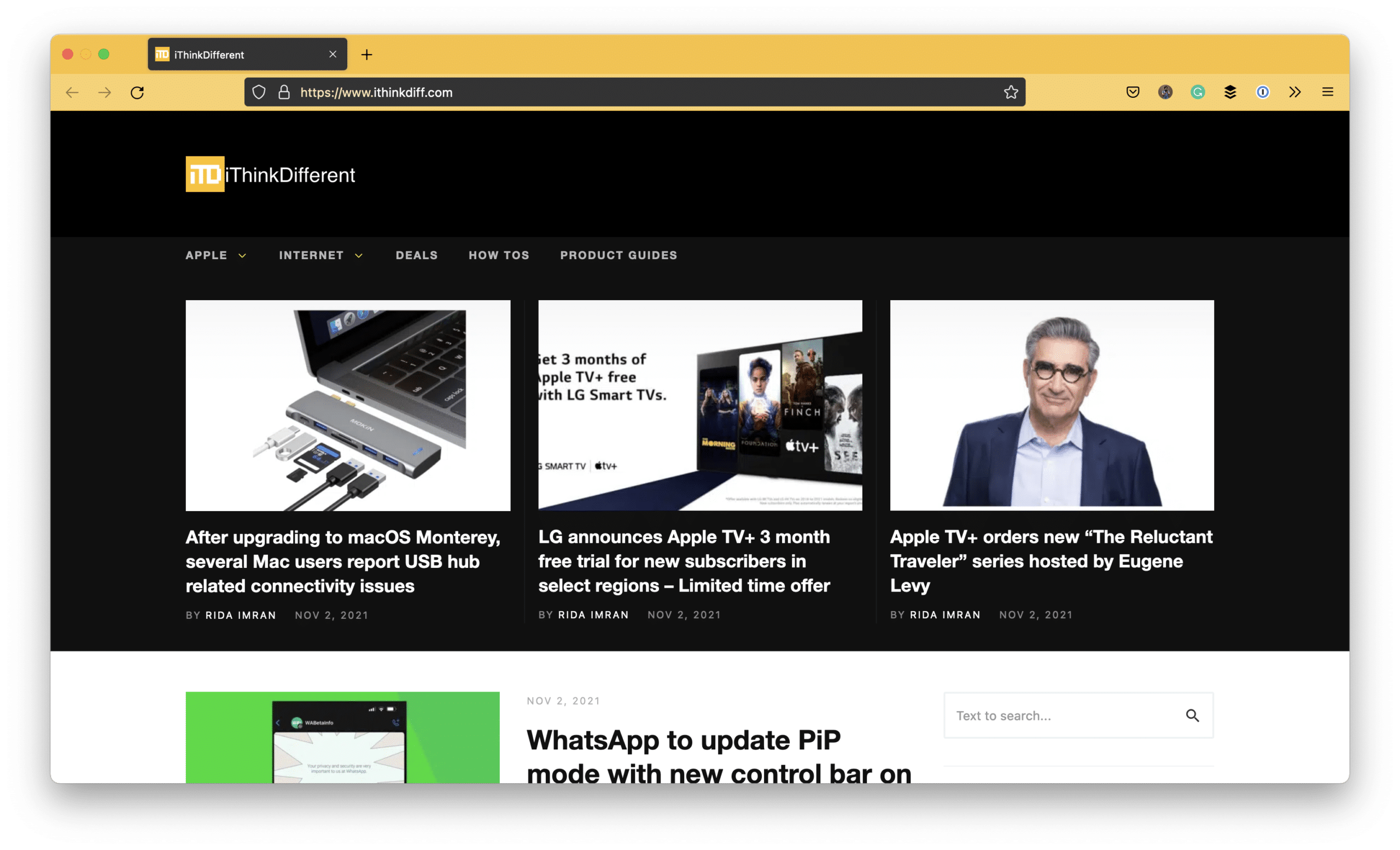Firefox 100 for Mac is now available with support for HDR video streaming from YouTube, enhanced font rasterization for performance improvements, caption/subtitles support in picture-in-picture view, improved operating system language detection, and more.
Google’s Chrome browser had also recently released its version 100 update. While these browsers get updates every few weeks so the version numbers do not always represent major user-facing updates, they do indicate how far the browsers have come.

Firefox 100 – a major milestone for Mozilla
When it comes to Mac, the following are the highlight features in Firefox 100. The first is HDR video support, which was somehow missing since forever. YouTube is the first service that will work with the new HDR support. Of course, users will need an HDR compatible display to watch such videos. The feature also requires that “optimize video streaming while on battery” preference is disabled in macOS System Preferences, otherwise videos will only show in SDR on MacBooks.
HDR video is now supported in Firefox on Mac—starting with YouTube! Firefox users on macOS 11+ (with HDR-compatible screens) can enjoy higher-fidelity video content. No need to manually flip any preferences to turn HDR video support on—just make sure battery preferences are NOT set to “optimize video streaming while on battery”.
Another update specific for macOS is that Firefox has changed how its rasterizes fonts. This has an immediate impact on the opening of new tabs and tab switching. This performance will improve further in the future once more work is done on fonts.
In macOS 11+ we now only rasterize the fonts once per window. This means that opening a new tab is fast, and switching tabs in the same window is also fast. (There’s still work to do to share fonts across windows, or to reduce the time it takes to initialize these fonts.)
Firefox 100 also features the following cross-platform updates:
- Picture-in-Picture now supports captions and subtitles on YouTube, Amazon Prime Video, and Netflix.
- Upon the first run after installation, Firefox can now detect whether its language support is different from the operating system language and allows the user to select which language to use.
- Firefox spell check now works with multiple languages.
- Painting and event handling enhancements bring further performance improvements to the browser.
- Privacy-focused changes mean that referrer policies like unsafe-url, no-referrer-when-downgrade, and origin-when-cross-origin—for cross-site subresource/iframe requests are now ignored by Firefox.
- Firefox can now be set as the default PDF handler when it is set as the default browser.
Firefox 100 is now available as an over-the-air update for all existing users. New users can download the browser from here.
Firefox for iOS is also getting some clutter-free updates to the history and tabs user interfaces. Website history will now be grouped by the original website or search query, which will put them under one folder. This will make it easy for users to find what they are looking for.
For the tabs interface, any website tabs that have not been visited in the last 14 days will be moved to an “inactive state” section. Users can choose to visit them from this section or just close all of them easily.
These updates to Firefox for iOS will be rolling out over the coming weeks.